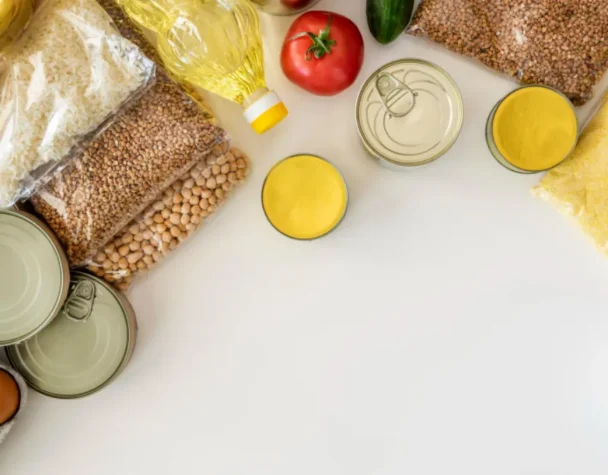
Global Commodity Markets Rattle as Tariffs, Geopolitics Drive Volatility
Thu, April 03, 2025Trump’s Tariffs and Economic Warnings Shake Core Commodities
Global commodity markets are experiencing heightened volatility in early April 2025, with recent geopolitical maneuvers and economic policy shifts driving rapid fluctuations in key resources like gold, oil, copper, and agricultural goods.
The most disruptive factor has been former President Donald Trump’s announcement of sweeping import tariffs, including a 10% universal levy and targeted increases on countries such as China, India, and Vietnam. The announcement has triggered fears of a global economic slowdown, prompting cautious sentiment across energy, metals, and agricultural markets.
In a stark warning, the Russian Central Bank noted that such tariffs could slow global growth and reduce demand, particularly in the oil market. This comes at a time when global growth is already under strain, and new frictions could further suppress industrial activity and trade volumes. Reuters covers this impact in detail.
Safe-Haven Surge and Strategic Commodity Realignment
In response to escalating tensions, gold prices surged to record highs, as investors sought refuge in traditional safe-haven assets. With inflationary concerns back in the spotlight, gold futures climbed sharply and are expected to remain elevated if trade frictions continue.
Meanwhile, oil markets have shown mixed reactions. On one hand, U.S. threats of secondary sanctions on Russia and Iran have fueled a moderate price rise. West Texas Intermediate crude rose by 3.1% to $71.48 per barrel, while Brent crude ticked up 1.5% to $74.74, reflecting supply-side concerns rather than demand optimism. However, the broader outlook remains uncertain, with demand-side risks outweighing short-term supply fears. Business Insider provides full coverage on oil market moves.
Copper has emerged as one of 2025’s top-performing commodities. U.S. copper futures have soared 26% year-to-date, currently trading at $5.02 per pound—an all-time high. This is being driven by a combination of trade protectionism, strong industrial demand, and expansion in renewable infrastructure. Analysts believe that if trade tensions persist, industrial metals like copper and aluminum could continue their upward trend.
In a parallel development, the world’s largest commodity trading houses—Trafigura, Vitol, Gunvor, and Mercuria—are aggressively expanding their physical asset portfolios. These firms have raked in over $57 billion in net profits since the 2022 energy crisis, and are now buying into biofuels, power generation, and downstream fuel infrastructure to solidify their control over global supply chains. FT explores this expansion.

